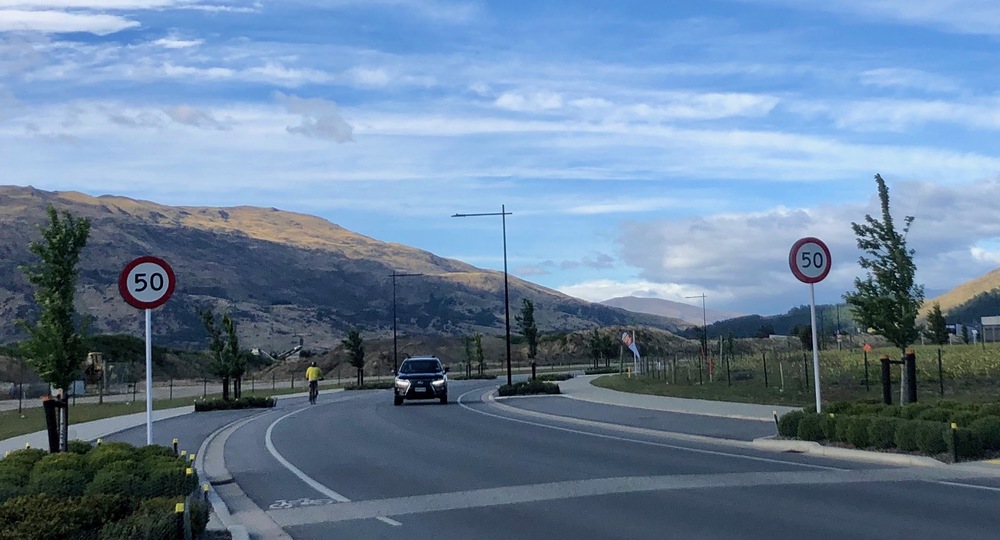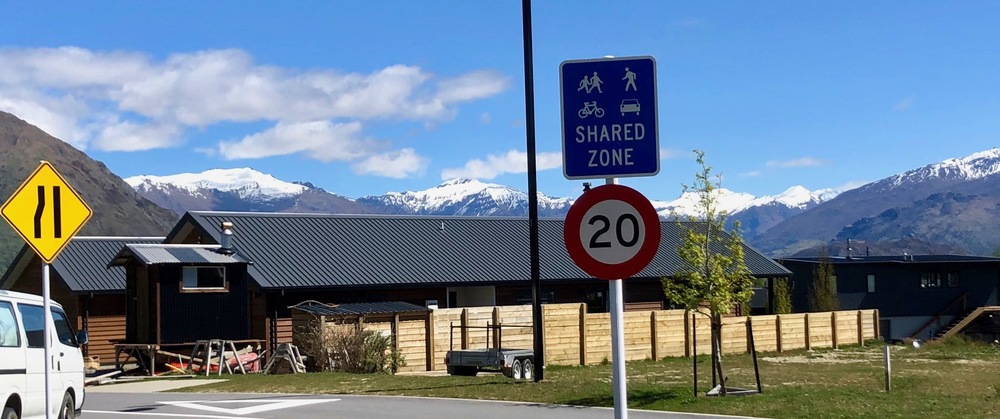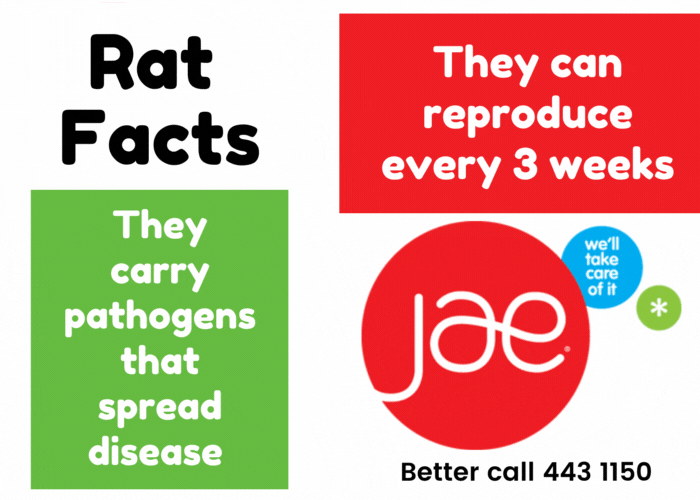Speed limit review needed, but won’t happen soon (5min read)
Diana Cocks
13 June 2021, 6:06 PM
 Implementation of the 40km/h speed limit in Wanaka began in October 2020.
Implementation of the 40km/h speed limit in Wanaka began in October 2020.Should the district’s blanket 40km/h speed limit across almost all roads within urban boundaries be reconsidered? Judging by community feedback and the New Zealand Transport Agency (NTZA) proposed rules on setting speed limits, the answer is yes and there’s at least one Queenstown Lakes District councillor willing to support the decision being revisited.
It appears almost everyone has an opinion about the 40km/h speed limit which was implemented in October last year.
Some submissions made to council called the 40km/h speed “sheer lunacy”, “patronising”, “unwarranted”, “ridiculous”, “frustrating”, and so on. Others, though, saw the speed reductions as a chance to make roads safer for cyclists and pedestrians - but they would prefer dedicated cycleways to riding on the roads.

Four months after 40km/h signs were erected (photo taken February 10) some speed signs around town still cause confusion, indicating 50km/h in one direction and 40km/h in the other on the same stretch of road.
A local social media thread on the 40km/h speed last month attracted over 90 responses and prompted Wanaka resident Ian Hall to ask if our elected representatives still stood by their earlier decision to reduce the speed limit to 40km/h.
A review of speed limit changes across the district will occur and it should be concurrent with further analysis of crash data information to assess if there has been a genuine improvement in safety with fewer crashes recorded.
“Either the decision was well-considered and based on sound advice, or a mistake was made,” Ian said. “Now that we all can see the practical impact of the changes made, I’m certainly keen to know where the Wanaka councillors currently stand. Is the decision likely to be revisited, or not?”
Reducing speed limits: the rules
In 2018 the Queenstown Lakes District Council (QLDC) began a review of its speed limits bylaw (2009) and, after public consultation and a hearing in 2019, unanimously adopted a new bylaw with a raft of changes.
One of the changes reduced all 50km/h urban area speed limits to 40km/h. The council chose to do this driven by a desire to improve road safety for all users - and an unusual interpretation of NZTA guidelines and rules.
Even though the NZTA’s default urban speed limit remains at 50km/h, regional controlling authorities (RCAs), such as the QLDC, are permitted to set their own permanent speed limits but their decisions must be evidence based and nationally consistent, according to the NZTA.
“It [the decision to change the speed] has to have something more behind it than just an idea that slower is safer,” NZTA spokesperson Frances Adank said.
The NZTA is currently consulting publicly on a proposed new Setting of Speed Limits Rule 2021 but is making it clear there will be no change to default speed limits on the network, although there will be new requirements for safer speed limits outside all schools.

Road speeds of 10km/h and 20km/h are common on narrow shared roads in the Kirimoko subdivision.
The QLDC has already indicated support for a further reduction in speed around local schools with councillors approving a recommendation to reduce the speed to 30km/h last week. The recommendation will go out to public consultation from June 21-July 16.
However, the proposed new rule reinforces the NZTA’s current position that RCAs are expected to take an incremental, risk-based approach to speed management rather than blanket reductions in speed.
Speed management reviews will be focussed on high risk roads and roads where communities have expressed strong support for safer speed limits. In these areas, RCAs will be required to consider whether engineering improvements and speed limit adjustments make the most sense, the NZTA says.
2019 public consultation to change the limits
“The speed limit amendments were the result of nearly two years of community consultation and engagement,” QLDC councillor Niamh Shaw told the Wanaka App.
More than 350 submissions were received during the speed limit bylaw review’s special consultative process in 2019; 180 submissions specifically referred to the proposed reduction in speed from 50km/h to 40km/h; of those, 67 per cent were opposed to the blanket 40km/h speed limit.
Further community consultation in February 2020 on the subject received 121 submissions; 45 supported the 40km/h speed limit on Wanaka’s urban roads.
“I far prefer to make decisions with the support of a clear majority of the community,” Niamh said. “[But] in this particular instance, I considered the report and information presented and, … factoring in resident feedback, I prioritised safety over convenience.”
“With increasing numbers of road users, I would far prefer that we proactively reduce the risk, instead of belatedly in response to one or more deaths.”
Crash data
Ian Hall also asked if there was clear evidence that road safety in the town has been enhanced by the speed reduction.
Provisional NZTA road crash data available up to the end of April this year suggested there has been little improvement; there have been no fatal crashes on Wanaka’s urban roads since 2014; two serious injury crashes occurred in 2020 (over a 12 month period) and 15 minor injury crashes; while in the first four months of 2021 there have been one serious injury crash and four minor injury crashes.
If those figures were extrapolated to compare a full 12 months of 2021 then crash data might appear comparatively similar, with three serious injury crashes and 12 minor injury crashes.
While the crash statistics for the 2018 and 2019 are marginally higher than those of 2020-2021 there was also a greater volume of traffic on Wanaka’s roads pre-Covid, which would affect those figures.
This data includes crashes which occurred on state highways (Wanaka/Luggate, Wanaka/Hāwea) as well as Wanaka’s arterial roads (such as Aubrey and Ballantyne Roads) where the speed limit is 50km/h or higher.
Former Christchurch city roading engineer and current Wanaka resident Mark Gordon suggested, for the sake of transparency, the council should publish the past five years of local accident information to establish the trend. The crash data could be reviewed annually and council would be able to measure how effective the speed reduction was.
Niamh said she too “would be keen to see more data around the effectiveness of the speed management implementation”.
Implementation of the slower speed limit
Niamh acknowledged there were “drawbacks” in the implementation of the reduced speed limits which “resulted in unnecessary irregularities and confusion”.
“Undoubtedly there are some sections of road(s) that could handle more scrutiny - particularly where there are several speed limit changes within short distances,” she said.
“Members of our community have also pinpointed the 40km/h sections of Cardrona Valley Rd outside the Medical Centres, and the extent of Mt Aspiring Rd that is 40km/h.”
QLDC deputy mayor Calum Macleod and councillor Quentin Smith did not respond to the Wanaka App’s request for comment.
However, Quentin said in a previous social media post he didn’t support the outcome of the bylaw review “because of the foreseeable challenges. I expressed on many occasions the concerns about practicality and perception”.
“I, like many of you, struggle with some of the new speed limits and have from the day they were mooted. Having tried mostly unsuccessfully to drive at 40km/h on Beacon Point Road, down the hill on McDougall Street and down Mt Aspiring Rd among others, so I can more than sympathise with people’s frustrations.”
Revisiting the 40km/h decision and other strategies
Niamh has predicted a review of speed limit changes across the district will occur and it should be concurrent with further analysis of crash data information to assess if there has been a genuine improvement in safety with fewer crashes recorded.
Mark said road safety is achieved in multiple ways. Reducing speed limits was one tool, but the speed had to be appropriate to the environment.
“Lowering speed limits around schools and CBD areas is appropriate and is more likely to be respected because it meets an obvious need.”
But road engineering was also effective at improving safety, such as providing roundabouts at problematic intersections, erecting signage, and improving sightlines by cutting back vegetation or removing parking, he said.
He also questioned if Wanaka had an overall road safety strategy which took into account all the issues across the three “Es” - environment, education and enforcement.
Mark said there was no convincing evidence that Wanaka’s urban roads were inherently unsafe before the speed limit was reduced and he supports revisiting the decision.
“I’m not convinced it was the right thing to do and in the light of community experience it would be good to open this up for debate.”
Niamh said the amended Speed Limit Bylaw 2019 allows for further changes to specific speed limits - “subject to community consultation”.
However, while a review of the speed limits across the district was planned, funding for it was withdrawn from the council’s 10-year Plan 2021-31 in favour of higher priorities, she said.
Council is working with NZTA instead to subsidise a review as part of its Vision Zero programme but there is no certainty of a subsidy. As a result, at this stage council is unable to provide a timeframe when a review will be conducted, she said.
PHOTOS: Wanaka App







